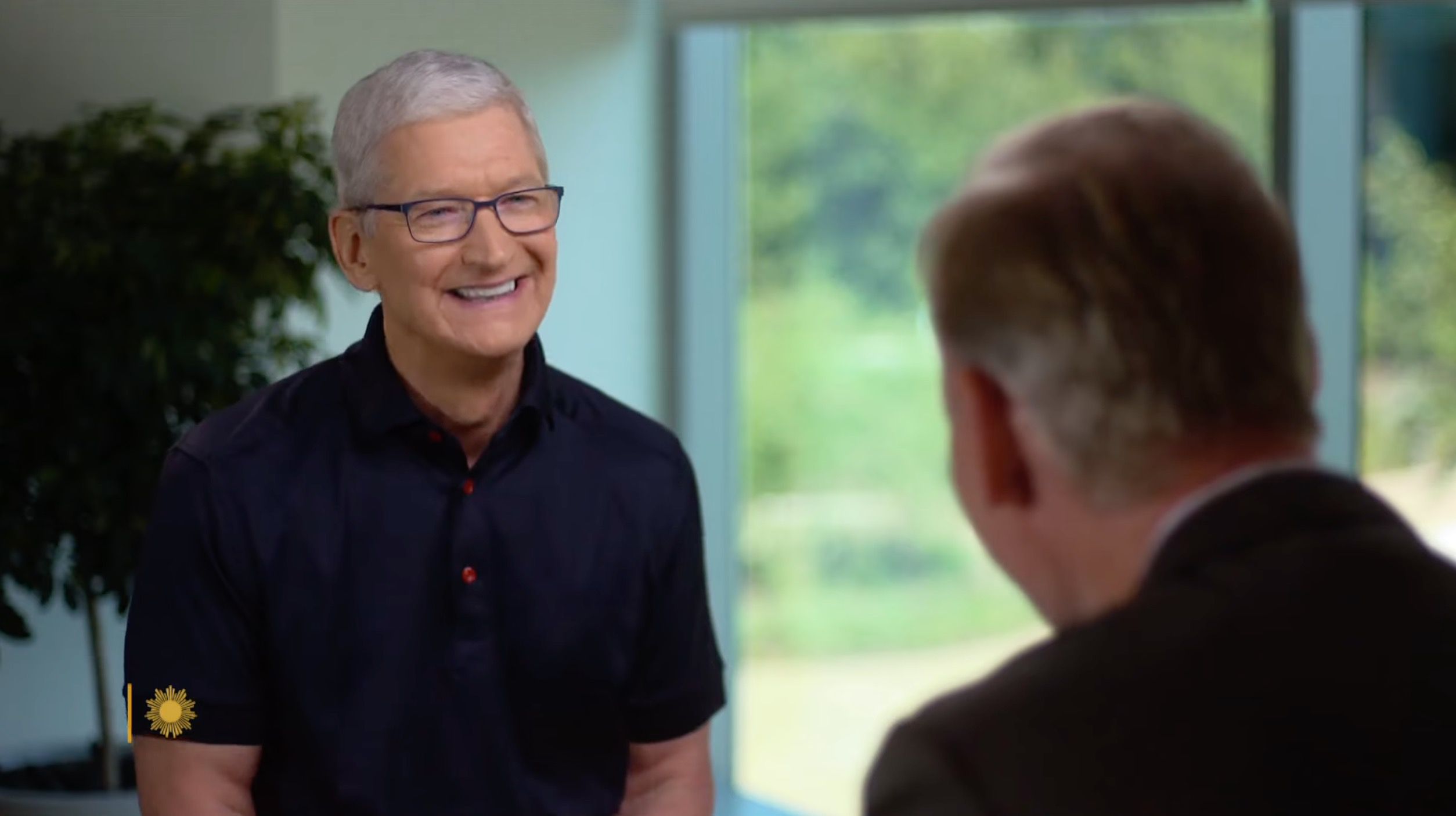Apple has announced its new mixed reality headset, called Apple Vision, which is set to be released in early 2024 with a price tag of $3,499. The author had the opportunity to try out the headset and found the experience to be extraordinary, exceeding their expectations. The Vision headset combines virtual reality (VR) and augmented reality (AR) technologies, providing a high-resolution and immersive experience. The device utilizes Apple's R1 processor and real-time execution engine to deliver fast and seamless visuals. The author believes that the Vision headset has the potential to replace traditional computing devices like the Mac and iPad, particularly for productivity and consumption purposes. However, the author also raises concerns about the solitary nature of the device and its potential impact on social connectedness.
The main topic is Samsung's decision to abandon its XR headset prototype after the unveiling of the Apple Vision Pro.
Key points:
1. Samsung and Google were collaborating on an XR device, but Samsung decided to start over after seeing the Vision Pro.
2. Leaked photos and specs of the Samsung XR headset prototype revealed similarities to the Vision Pro, but it relied on an Exynos 2200 chipset with documented issues.
3. Samsung may need to go beyond mobile chipsets to compete with the Vision Pro and other high-performance XR headsets.
Apple's new Vision Pro headset will run "hundreds of thousands" of iPadOS and iOS apps, with developers having the option to modify their apps for compatibility, but some apps that rely on specific features or peripherals will not be compatible.
Apple has filed a patent for a set of smart glasses that would serve as a heads-up display and incorporate features similar to the Apple Watch, suggesting that the company may be working on a more standard version of smart glasses alongside its recently unveiled Vision Pro headset.
Apple CEO Tim Cook uses the upcoming Apple Vision Pro augmented-reality headset and claims to have watched a full season of "Ted Lasso" on it, while acknowledging that the product is more complex than the iPhone and requires innovation in both development and manufacturing; Cook also discussed Apple's considerations regarding advertising on Twitter and its environmental-sustainability initiatives.
Apple has reportedly canceled plans to produce a lower-cost version of the Apple Vision Pro headset, potentially affecting shipment growth in 2025, but a second-generation version is expected to go into production by the first half of 2027.
Supply chain analyst Ming-Chi Kuo predicts that the shipments of Apple's Vision Pro mixed reality headset in its first year will fall below market expectations, and he also questions the possibility of a low-cost version being released the following year.
Apple announced its own mixed-reality headset, the Vision Pro, during the World Wide Developer Conference, featuring sleek aesthetics, a custom operating system, spatial software, and a high price tag of $3,499.
Apple CEO Tim Cook believes that spatial computing is the future and has described his experience with the upcoming Vision Pro headset as an industry-defining "aha" moment.
Apple is reportedly delaying the launch of the next MacBook Pro and MacBook Air models due to slower sales, the completion of the Mac's transition to Apple Silicon, and the company's focus on other products like the iPhone and the Apple Vision Pro headset.
The upcoming Apple Vision Pro headset will support screen mirroring via AirPlay or FaceTime, allowing users to share their display with others or mirror it to an external monitor or TV, while also introducing features like the ability to reset EyeSight data and share Personas during FaceTime calls.
The Apple Vision Pro headset uses built-in cameras to create a personalized "Persona" for users in video chat apps, but the technology is unable to account for glasses, and instead offers users a selection of eyewear options.
Meta is planning to release a follow-up to the Quest 3 and aims to compete with Apple's Vision Pro by introducing a VR headset without controllers next year, focusing more on practical uses like gaming and productivity rather than the metaverse.
Apple is working on making its next generation Vision Pro headset lighter, as weight and prescription lenses are concerns for the company, according to Mark Gurman's newsletter. The current headset weighs about a pound and Apple wants to reduce the weight and make it slightly smaller, while also considering the option of shipping headsets with pre-installed custom lenses. The Apple Glasses project, which was reportedly put on hold, is expected to be resumed at some point.
Apple's second-generation Vision Pro headset is focusing on reducing size and weight, as well as improving user experience for those who need prescription lenses, with considerations for simpler purchases and direct lens installation, but the product is not expected until 2025 to 2027.
Apple is already working on a next-generation version of its Vision Pro headset to address early complaints about the first-generation model, including reducing its weight and considering built-in prescription lenses.
Apple is considering releasing a cheaper version of its Vision Pro headset, which may have fewer external cameras, no EyeSight feature, and an iPhone chip instead of the current Mac chip, with the aim of reducing the cost to between $1,500 and $2,500.
Apple's upcoming low-cost variant of the Vision Pro headset is expected to omit features like EyeSight and an M-series chip, while also reducing the number of cameras and sensors, in order to lower the price to around $1,500 to $2,500.
Apple's lower-cost model of the Vision Pro headset could be priced between $1,500 to $2,500, still more expensive than its rivals, but Apple plans to use lower-resolution displays and an iPhone processor to bring down the cost, according to Bloomberg journalist Mark Gurman.
